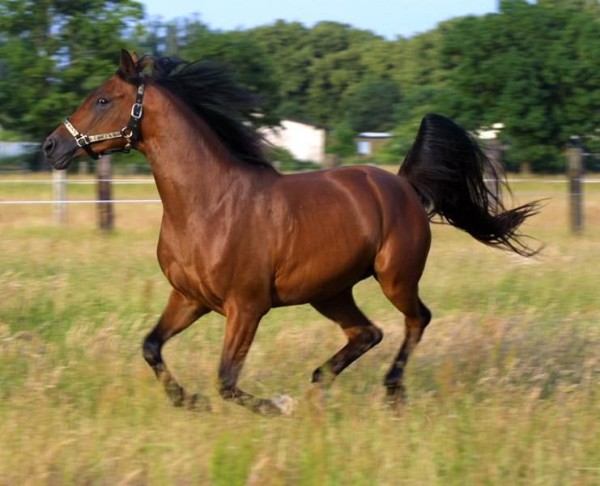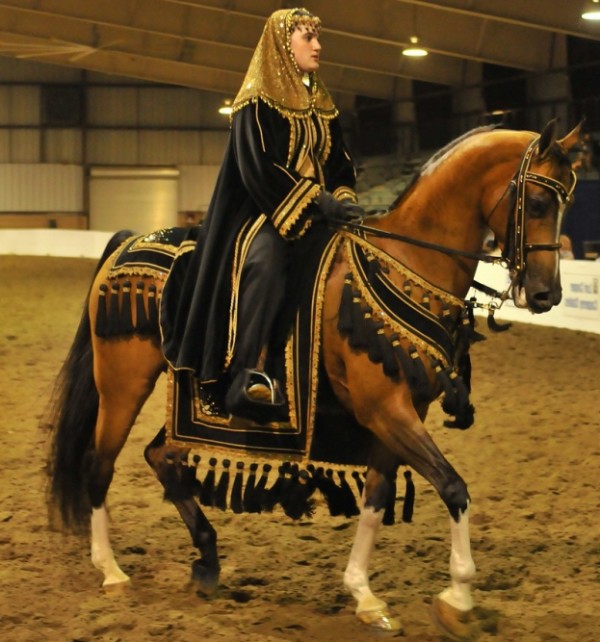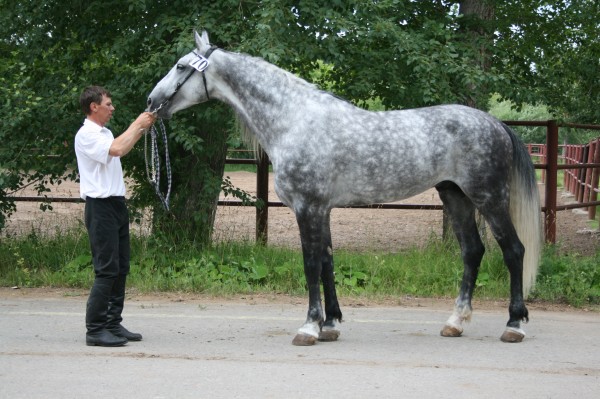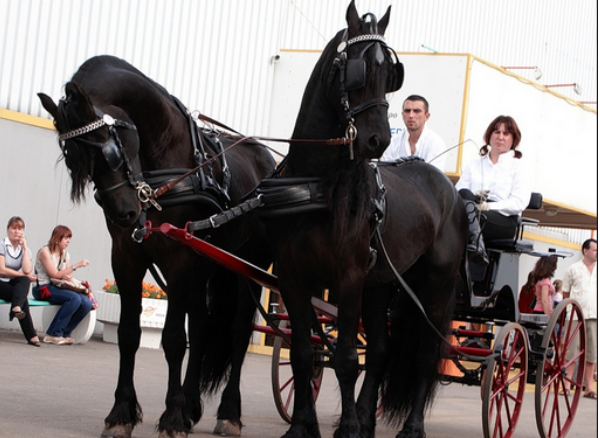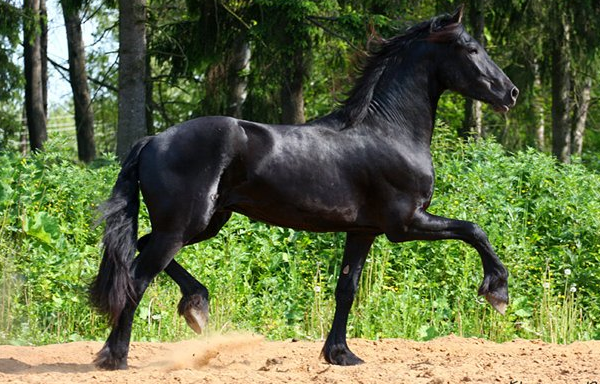OSSETIAN ROCK HORSE (part 4)
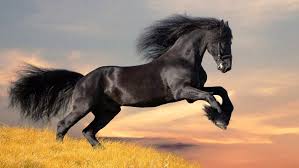 The high level of development of horse breeding among the Alans is evidenced by archeological data and written sources. Thus, an excellent Alanian horse is reported by an anonymous Armenian author of the 9th century (according to other sources – the 11th century), referred to by some researchers as the Pseudo-Shapuh Bagratuni. In his work, he presents Alanya as a country in which there are many “noble horses” [7, p. 76]. Probably, noble horses are understood as purebred Alanian riding horses, distinguished by purity of blood and superior to other breeds by a combination of qualities necessary for a good riding horse.
The high level of development of horse breeding among the Alans is evidenced by archeological data and written sources. Thus, an excellent Alanian horse is reported by an anonymous Armenian author of the 9th century (according to other sources – the 11th century), referred to by some researchers as the Pseudo-Shapuh Bagratuni. In his work, he presents Alanya as a country in which there are many “noble horses” [7, p. 76]. Probably, noble horses are understood as purebred Alanian riding horses, distinguished by purity of blood and superior to other breeds by a combination of qualities necessary for a good riding horse.
Seljuk Sultans, who captured vast territories in the Middle East during the pre-Mongol period, were true admirers and deep connoisseurs of riding horses. Of all the known horse breeds, they usually chose between horses brought from Hungary or the Caucasus. Eastern authors call Caucasian horses “Tavlinsky” [4, p. 56]. Most likely, under the “tavlins” of medieval Turkic authors, the Alans are hidden – the inhabitants of the mountains and foothills of the Caucasus. So, according to Yu. Klaproth: “… Os-Daglar is used by the Tatars to the Ossetian mountains, which, however, they habitually denote by the indefinite term“ Taulistan ”or“ Tavlistan ”” [9, p. 29]. Thus, under the “Tavlinsky” horses of the eastern authors, the Alanian horses are hiding. Their value in the East is evidence of their excellent qualities necessary for a riding war horse. It is interesting that the Teke tribe was also a part of the Seljuk tribes, which gained fame thanks to its excellent horses – the Akhal-Teke.
The Alans bred several breeds of riding horses. The activity of breeders in ancient times led to the appearance of horses that differed from each other. It all depended on what qualities the inhabitants of a particular region appreciated in the horse and in which direction they developed their horse breeding.
After displacing the Alans from the foothill plains of both the North and the South Caucasus, Ossetians found themselves in the mountain gorges of the Caucasus. The difficult climatic conditions of mountainous Ossetia, the lack of feed, and the harsh conditions of keeping horses led to some regression of horse breeding. During this period, Ossetians bred mainly horses for use in mountainous and foothill areas. The Ossetian breed of horses obtained in the course of centuries of natural selection and artificial breeding had excellent qualities necessary for a riding war horse. The qualities of a horse necessary in military affairs, such as endurance, agility and strength, were developed. Its use did not depend on the terrain; it was equally well adapted both to the mountains and to the plain. The Ossetian horse was suitable for use both in the cold season and in the hot season. Its performance was not affected by temperature changes. A valuable quality of this horse was the presence of an exceptionally strong ungulate horn, which gave it the opportunity to travel for a considerable time unchained along mountainous rocky roads. The Ossetian horse had a good agility, but its main purpose was the ability to quickly travel long distances in difficult conditions of mountains and foothills. The low mountain Ossetian horse possessed an excellent sense of balance and dexterity when traveling with a rider along narrow and dangerous mountain roads. The presence in Kabardian folklore of the mention of the Ossetian horse on which the Adyghe hero Saralp sits is a reflection of the ongoing process of improving the quality of Ossetian mountain horses by Ossetians already during their stay in the mountain gorges of the Caucasus.The territory of Alanya, in which medieval riding horses were bred in the Middle Ages, after the Timurov pogrom was in the hands of different ethnic groups. Some of them in the late Middle Ages began to breed their own breeds based on Ossetian horses, adapted for use both in the mountains and on the plain. Some peoples in this matter have succeeded more, others less. Thus, Abaza and Adyghe horse breeders received new breeds by crossing the local Ossetian mountain horse with Arab and other horses. Other peoples (Ossetians, Karachais, Balkars, Ingush) continued to breed this breed, making only some minor changes.
